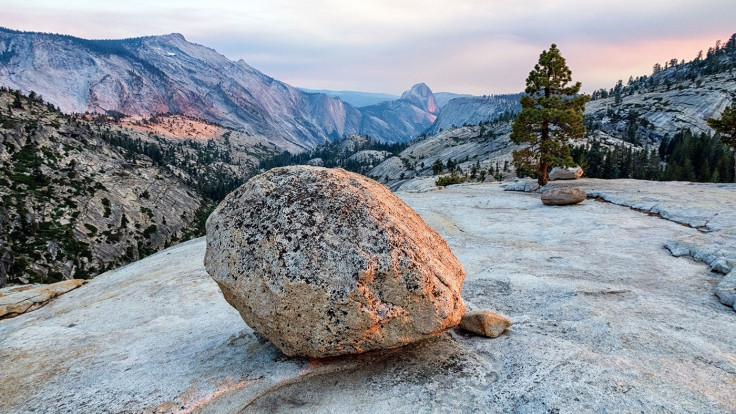Sierra Nevada mountains grew an inch taller during California drought: Find out why
The researchers studied the increase in elevation after processing data from 1,300 GPS stations.

The drought in California, which lasted for about four years, has affected Sierra Nevada mountains. According to a new Nasa study, the mountains in the region grew an inch taller between 2011 and 2015.
Although mountains growing during drought seems a little weird, research shows that Earth's surface can fall when water it weighs down. This idea was further proven when researchers discovered that over two years after the drought, when it snowed and rained in the region, the mountains got the water back and lost nearly half an inch in height.
"This suggests that the solid Earth has a greater capacity to store water than previously thought," says Nasa research scientist Donald Argus.
For the study, Argus and his team processed last 10 years' data collected by as many as 1,300 GPS stations in the mountains of California, Oregon and Washington.
These highly sensitive stations are capable of capturing smallest of the changes in the elevation of mountains, even if the difference is just a few millimetres, Nasa says.
According to their findings, during the drought, the fractured mountains lost as much as 10.8 cubic miles of water from within. This is 45 times as much water as the city of Los Angeles consumes in a year.
"One of the major unknowns in mountain hydrology is what happens below the soil," says water scientist Jay Famiglietti, who collaborated on the research. "How much snowmelt percolates through fractured rock straight downward into the core of the mountain? This is one of the key topics that we addressed in our study."
As scientists have previously theorised the rise in Sierras' elevation could be a result of tectonic uplift or Earth rebounding from extensive groundwater pumping, the researchers took note of these factors to get the estimated increase in height resulting solely from water loss.
The group now aims to study more about the water stored within mountains. Famiglietti adds, "What does the water table look like within mountain ranges? Is there a significant amount of groundwater stored within mountains? We just don't have answers yet, and this study identities a set of new tools to help us get them."





















